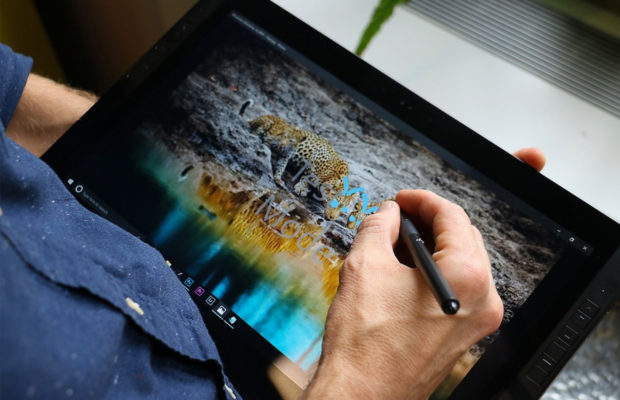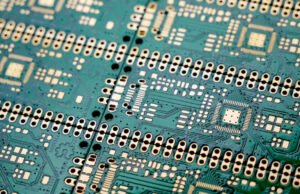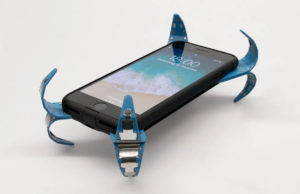Going Digital: Why Artists Are Moving To Digital Tablets For Their Drawing Needs

A digital tablet or graphics tablet is an interesting piece of hardware that is showing up more in the hands of artists everywhere.
What Is A Graphics Tablet?
Primarily used by digital artists, graphics tablets have touch sensitive drawing surfaces that allow artists’ to use a stylus or mouse to transfer movements to a monitor. The position that the mouse or stylus takes on the tablet will directly translate to the cursor’s position on the monitor, making it exceptionally easy to create stunning digital masterpieces.
While it can take some time for artists who are used to pen and paper to get the hang of the tablet, once they do it can become as natural as drawing with pen and paper.
Since drawing with a mouse is cumbersome, digital drawing tablets are designed to make digital artwork both easier and more precise. That being said, graphics tablets do have some drawbacks, which are important to take into account before dropping some of the precious money you make creating art.
Pros & Cons Of Graphics Tablets
Pros:
- Allows for natural drawing motion: Graphics tablets make use of the natural motions used when drawing, which will help create smoother curves and make it significantly easier to create small, complex shapes. While complex, in-depth programs like Photoshop can seem intimidating, graphics tablets make use of the simple, intuitive act of drawing. Using a graphics tablet allows artists to consistently recreate their personal art style more so than with a mouse or touch screen.
- Pressure sensitivity: Like drawing on a paper, the screens of graphics tablets employ pressure sensitivity, allowing the artist to thicken lines or darken shading by simply pressing harder, the same way they would on paper. Artists can even use this option to trace images or sketches by placing the paper over the screen. This is especially useful for copying in older work for archiving or retouching.
Cons:
- General usage is clunky: While graphics tablets are amazing for rendering artwork, they aren’t quite so nimble with simple point and click processes. Computer interfaces are designed with a mouse and keyboard in mind, which can make using a stylus seem clunky and strange when it comes to menu selections and the like.
- Initial cost: One of the largest drawbacks associated with graphics tablets is their initial cost. Depending on their model, buying a new graphics tablet can be a fairly hefty investment that can be out of reach for many artists, especially those just starting out. Even if the system itself could prove itself to be very useful, the acquisition alone can be daunting for small studios or freelance artists. This is also compounded with the cost of replacements and repairs, as tablets become out-dated or wear out.
Final Thoughts
Graphics tablets are incredibly useful and intuitive devices that allow artists to transfer their drawing skills directly into a digital medium that will allow for further modification and easier distribution, the cost of acquiring such a device can be overwhelming for freelance artists.













 © 2024
© 2024
1 Comment